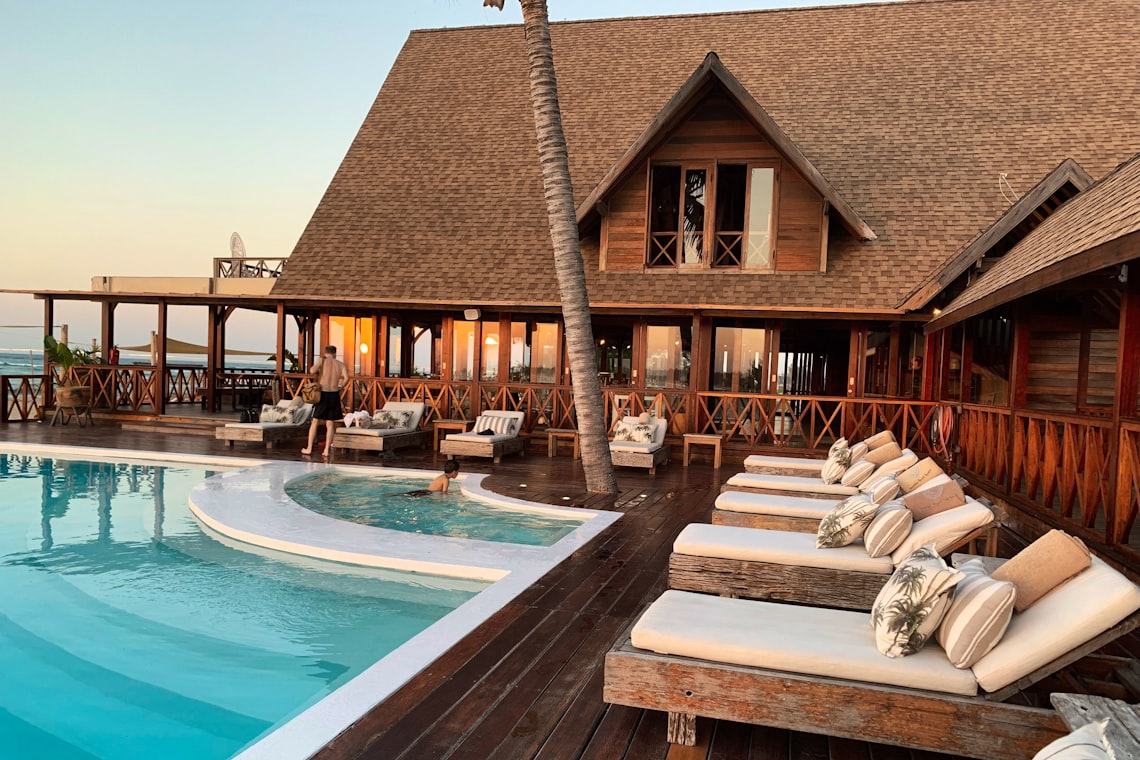In recent years, the hospitality industry has seen a significant shift, with a growing number of hotels being transformed into coliving spaces. This trend has been particularly evident since the pandemic in 2020. The move towards coliving spaces has been driven by the desire for better margins and more stable cash flow, appealing to both investors and young professionals looking for flexible, community-oriented living arrangements.
The Appeal of Hotel Assets for Coliving Conversion
Hotels present an attractive opportunity for conversion into coliving spaces due to their quick turnaround and minimal capital expenditure requirements compared to other asset types. The pricing of hotels, generally lower than comparable residential buildings for the same purpose, and the potential for higher return on investment make them particularly appealing to investors. Coliving spaces, known for low operational expenses and fewer staff requirements, offer a model that can provide solid margins and stable cash flow when managed effectively.
The Conversion Process: From Hotels to Coliving Spaces
Converting a hotel into a coliving space can vary in length, from as short as three weeks to as long as nine months, depending on the extent of construction required. This process involves ensuring compliance, redesigning spaces for maximum value, and construction. For example, Dash Living transformed the basement of Dash Living on Prat, previously a restaurant, into a nearly 4,000-square-foot communal area featuring a kitchen, laundry, meeting spaces, and areas for yoga and meditation events.
The Rising Popularity of Coliving in Hong Kong
Coliving has gained popularity in Hong Kong, with about six to seven hotels converted into coliving spaces, accounting for around 2,038 keys or rooms. The model's convenience, flexibility, and community feel attract young professionals who prefer not to be bound by long-term contracts and seek to live with like-minded individuals. Coliving operators often provide social activities, events, and access to a broader network or community, enhancing the appeal of this living arrangement.
The Future of Coliving and Hotels
While coliving's popularity is expected to grow, experts do not believe it will overtake hotels. The two types of accommodation cater to different markets and end-users, with coliving offering a solution to specific social issues around lifestyle but not replacing traditional housing. Coliving represents a potential sub-sector of hotels and the residential sector, providing competition in the mid-scale sector for mid-to-longer stay options but ultimately complementing the broader accommodation ecosystem by offering more choices to end-users.
The Impact on Urban Development and Housing Markets
The conversion of hotels into coliving spaces is not just a trend within the hospitality and real estate sectors; it also has broader implications for urban development and housing markets. By repurposing underutilized hotel properties, cities can address some of the housing affordability and supply challenges. Coliving spaces offer a more affordable, flexible housing option, especially in densely populated cities where real estate prices are prohibitively high for many. This shift towards coliving can help alleviate some pressure on the housing market, providing a viable alternative for individuals who may otherwise struggle to find affordable accommodation.
Sustainability and Community Building
Another significant aspect of the transition from hotels to coliving spaces is the emphasis on sustainability and community building. Coliving spaces are often designed with shared facilities that encourage interaction among residents, fostering a sense of community and belonging. This model promotes a more sustainable lifestyle by reducing the need for individual ownership of goods and encouraging shared resource use. Furthermore, renovating and repurposing existing buildings for coliving spaces contribute to urban sustainability by minimizing the need for new construction and the associated environmental impact.
Challenges and Considerations
Despite the many benefits, converting hotels to coliving spaces presents many challenges. Regulatory hurdles, zoning laws, and building codes may pose significant obstacles for developers looking to repurpose hotel properties. Additionally, while coliving spaces are attractive to a population segment, they may not meet everyone's needs or preferences. Developers and operators must carefully consider the design and management of these spaces to ensure they provide a comfortable, functional living environment that appeals to potential residents.
The Role of Technology in Coliving Spaces
Technology plays a crucial role in the operation and appeal of coliving spaces. From smart home systems that enhance residents' comfort and security to apps and platforms that facilitate community engagement and resource sharing, technology is integral to the coliving experience. Operators increasingly leverage technology to streamline operations, improve the resident experience, and foster community within their properties. As technology continues to evolve, it will undoubtedly shape the development of coliving spaces, making them more efficient, connected, and responsive to residents' needs.
Looking Ahead: The Evolution of Coliving
The coliving sector is poised for continued growth and evolution as we look to the future. The ongoing demand for flexible, affordable housing solutions and changing lifestyles and priorities suggest that coliving will remain attractive for many. However, the success of coliving as a sustainable housing model will depend on the ability of developers, operators, and policymakers to address the challenges and capitalize on the opportunities presented by this emerging trend. By focusing on community, sustainability, and technology integration, coliving can continue to play a vital role in reshaping our urban landscapes and housing markets.


























